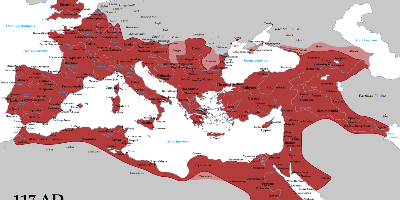15 août 1261 - Palaiologos Dynasty Begins
Description:
The Byzantine Empire was ruled by the Palaiologos dynasty in the period between 1261 and 1453, from the restoration of Byzantine rule to Constantinople by the usurper Michael VIII Palaiologos following its recapture from the Latin Empire, founded after the Fourth Crusade (1204), up to the Fall of Constantinople to the Ottoman Empire. Together with the preceding Nicaean Empire and the contemporary Frankokratia, this period is known as the late Byzantine Empire.From the start, the régime faced numerous problems. The Turks of Asia Minor had since 1263 been raiding and expanding into Byzantine territory in Asia Minor. Anatolia, which had formed the very heart of the shrinking empire, was systematically lost to numerous Turkic ghazis, whose raids evolved into conquering expeditions inspired by Islamic zeal, the prospect of economic gain, and the desire to seek refuge from the Mongols after the disastrous Battle of Köse Dağ in 1243. With a decreasing source of food and manpower, the Palaiologoi were forced to fight on several fronts, most of them being Christian states: the Second Bulgarian Empire, the Serbian Empire, the remnants of the Latin Empire and even the Knights Hospitaller.
The loss of land in the east to the Turks and in the west to the Bulgarians was complemented by two disastrous civil wars, the Black Death and the 1354 earthquake at Gallipoli, whose destruction and evacuation allowed the Turks to occupy it. By 1380, the Byzantine Empire consisted of the capital Constantinople and a few other isolated exclaves, which only nominally recognized the Emperor as their lord. Nonetheless, Byzantine diplomacy coupled with the adroit exploitation of internal divisions and external threats among their enemies, and above all the invasion of Anatolia by Timur, allowed Byzantium to survive until 1453. The last remnants of the Byzantine Empire, the Despotate of the Morea and the Empire of Trebizond, fell shortly afterwards.
However, the Palaiologan period witnessed a renewed flourishing in art and the letters, in what has been called the "Palaiologian Renaissance". The migration of Byzantine scholars to the West also helped to spark the Italian Renaissance.
Ajouté au bande de temps:
Date:
15 août 1261
Maintenaint
~ Il y a 764 ans
